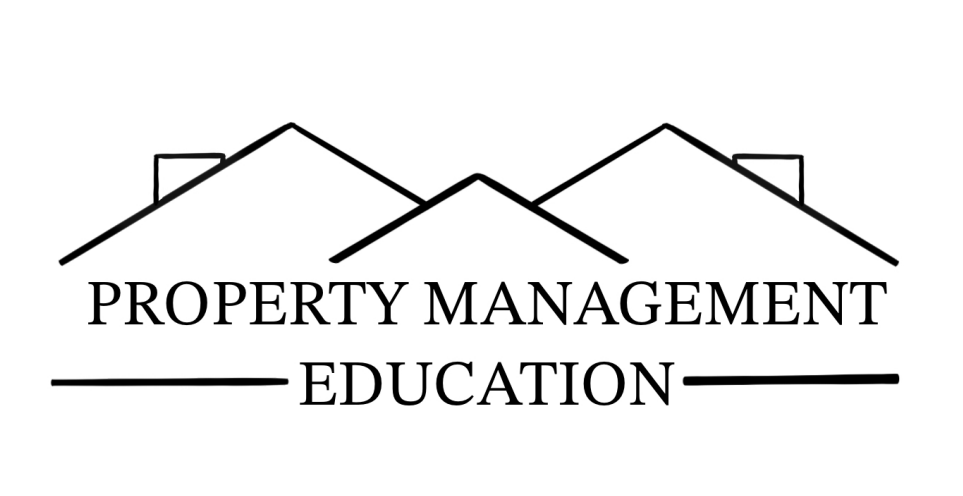Minimize vacancies and maximize revenue: 5 tips to boost your rental
Manual tasks can take up a landlord’s time. But automating jobs and handling maintenance well can help keep renters in place and maximize a property’s revenue stream, experts told Inman
It can be easy for a landlord who owns an investment property to forget they’re essentially running a small real estate business.
“People look at being a landlord and any sort of business owner very differently,” said Ryan Barone, CEO of RentRedi, which works with landlords and tenants. “In reality, they should be looked at very similarly.”
A 15- or 30-day vacancy on a long-term rental will have a significant enough impact on a landlord’s net operating income on a property that it’s worth finding ways to hold onto good tenants when you’ve got them and fill units quickly when they turn over.
With that in mind, here are some tips for minimizing vacancies and maximizing revenue in a rental home.
“You could get 10 different answers from 10 different people on what the best philosophy is,” said Jay Parsons, chief economist at rental data firm RealPage.
Handle maintenance well
Recent studies have shown that maintenance is one of the biggest hassles for independent landlords.
Ninety-two percent of landlords surveyed by real estate portal Zillow said that maintaining a unit was the most burdensome part of operating a property as a rental.
Guess what? It’s also a hassle for tenants who become less likely to renew a lease if they feel their requests for maintenance aren’t being met.
“It can actually strengthen a relationship, as weird as it is, if you handle it really well when something goes wrong,” Barone said.
There’s no shortage of apps and online services that can help streamline the process both for the tenant and the property owner. Barone said the key is finding a way to quickly initiate solutions while communicating with the tenant what’s going on before a fix is made.
Automate everything
From advertising a unit and handling applicants to screening tenants and collecting rent, the time and energy required to find and retain a tenant can add up, Barone said.
“We are working with independent landlords that don’t have a ton of time to spare,” Barone said.”We have put a lot of effort into how do we automate as many tasks as possible.”
Barone recommended automating as much as possible, and it’s not just to save time. Streamlining for you also means streamlining for renters, making it easier and more likely to keep a unit occupied.
“You can help them get benefits out of it,” Barone said.
Avoid ‘inverted rents’
In today’s rental market, some cities are seeing year-over-year rent declines. While a downward trend isn’t widespread yet, it sets up the possibility that a new lease in an apartment is less expensive than a tenant’s lease would be if they stayed put and renewed.
If a landlord or property manager increases the rent for an existing tenant, but a new lease is less expensive, it’s called an “inverted rent.”
“It’s always best practice to avoid inverted rents,” Parsons said. “Renewals that are more expensive than a new lease. You don’t want that to happen. That just incentivizes moves and hurts your reputation with residents.”
Consider new lease prices when renewing
Particularly for landlords with more units, or with apartments, there can be a drive to increase rent to match the market or simply to increase the rent and therefore revenue.
But there’s an option to keep rent for tenants who are renewing lower than what they might otherwise get with a new lease. They can consider pricing a renewal below what they might be able to get for a new renter.
“Property managers routinely price renewals below new leases,” Parsons said.
Automatically increasing monthly rent could drive up vacancy rates, which in turn cost landlords money.
Advertisement
Study the local market
To maximize revenue on a rental, it’s best to know what rent your property might be able to achieve. That’s best done by studying asking rents at similar properties in your submarket.
Barone suggested Rentometer as one option, but there are countless others.
Zillow and Redfin have recently increased their focus on providing tenants and landlords with tools. Zillow’s Rental Manager provides estimated rent and allows anyone to look up the asking rent on surrounding properties.
“Take it with a grain of salt,” Barone added. “It isn’t necessarily what people are actually paying.”
